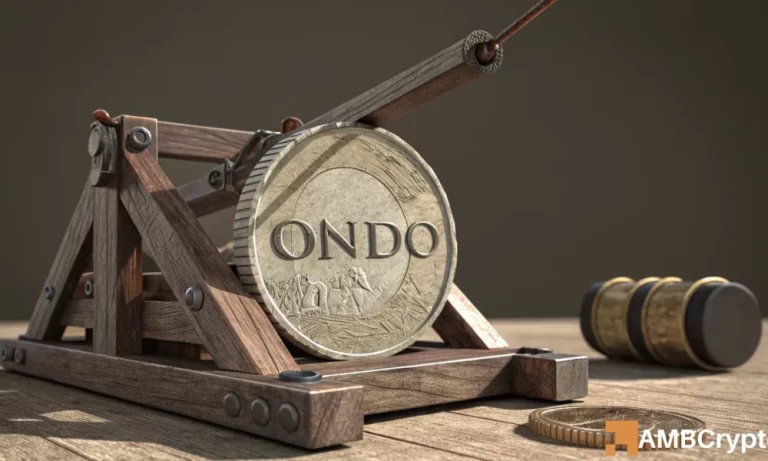
How Tether Dominated the Gold Market in 2025
Tether, the world’s leading stablecoin issuer, has achieved an unexpected milestone in 2025 – becoming the largest buyer of gold worldwide, surpassing even central banks. This strategic move has left many wondering why a company rooted in crypto is investing so heavily in traditional safe-haven assets.
The Rise of Gold as a Safe-Haven Asset
Gold saw a remarkable 56% price surge in 2025, driven by economic uncertainty, rising public debt levels, and declining trust in fiat currencies. Central banks in nations like Kazakhstan, Brazil, and Turkey increased their gold reserves, reinforcing the asset’s reputation as a secure hedge. But one buyer stood out: Tether. Analysts at Jefferies reported that Tether purchased an astounding 26 tonnes of gold in Q3 2025, bringing its total reserves to 116 tonnes valued at approximately $14 billion.
Why is Tether Buying so Much Gold?
Tether’s gold holdings extend beyond its tokenized gold product, XAUt, which represents only 12 tonnes despite its $1.6 billion market cap. By Q4 2025, gold accounted for approximately 7% of Tether’s reserves, complementing the backing of its flagship stablecoin, USDT. With physical gold now integral to Tether’s strategy, its growing bullion reserves signal confidence in gold’s role as a counterweight to fiat volatility.
An important product to watch is Tether Gold (XAUt), a token backed by physical gold, allowing users to invest in the precious metal digitally. If you’re interested in investing, check out Tether Gold, a cutting-edge way to combine crypto and gold.
Challenges Ahead: Compliance with the GENIUS Act
However, Tether’s gold-buying spree has stirred controversy, especially considering the U.S. GENIUS Act. The law prohibits stablecoin issuers from holding gold in their reserves, requiring reliance on liquid assets like U.S. Treasury bills instead. Despite the prohibition, Tether continued adding to its gold reserves while launching a new GENIUS-compliant stablecoin, USAT, to adhere to these regulations.
The Intersection of Gold, Bitcoin, and Stablecoins
Tether’s pivot underscores a growing convergence between cryptocurrencies and traditional safe-haven assets. Gold has long been viewed as “finite and stable,” while Bitcoin, often called digital gold, provides a similar hedge for those wary of fiat debasement. Despite the similarities, Bitcoin’s price volatility contrasts sharply with gold’s historic stability. Stablecoins like USDT occupy a middle ground, offering liquidity but depending on stable backing, such as Tether’s increasing gold reserves.
Still, critics argue that Tether’s reliance on gold introduces new risks. If demand for stablecoins collapses, Tether might need to sell off its gold, linking bullion prices to crypto market turbulence. This could disrupt the traditionally steady gold market and further tie its value to the volatility of digital assets.
Final Thoughts
Tether’s aggressive gold acquisition signals a paradigm shift in the financial world, bridging traditional and digital finance. Whether this move solidifies its dominance or introduces new vulnerabilities remains to be seen. For those looking to combine digital assets with tangible value, exploring products like Tether Gold could offer the best of both worlds in today’s evolving financial landscape.




